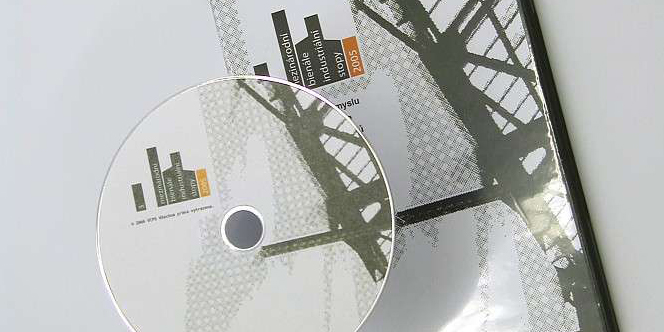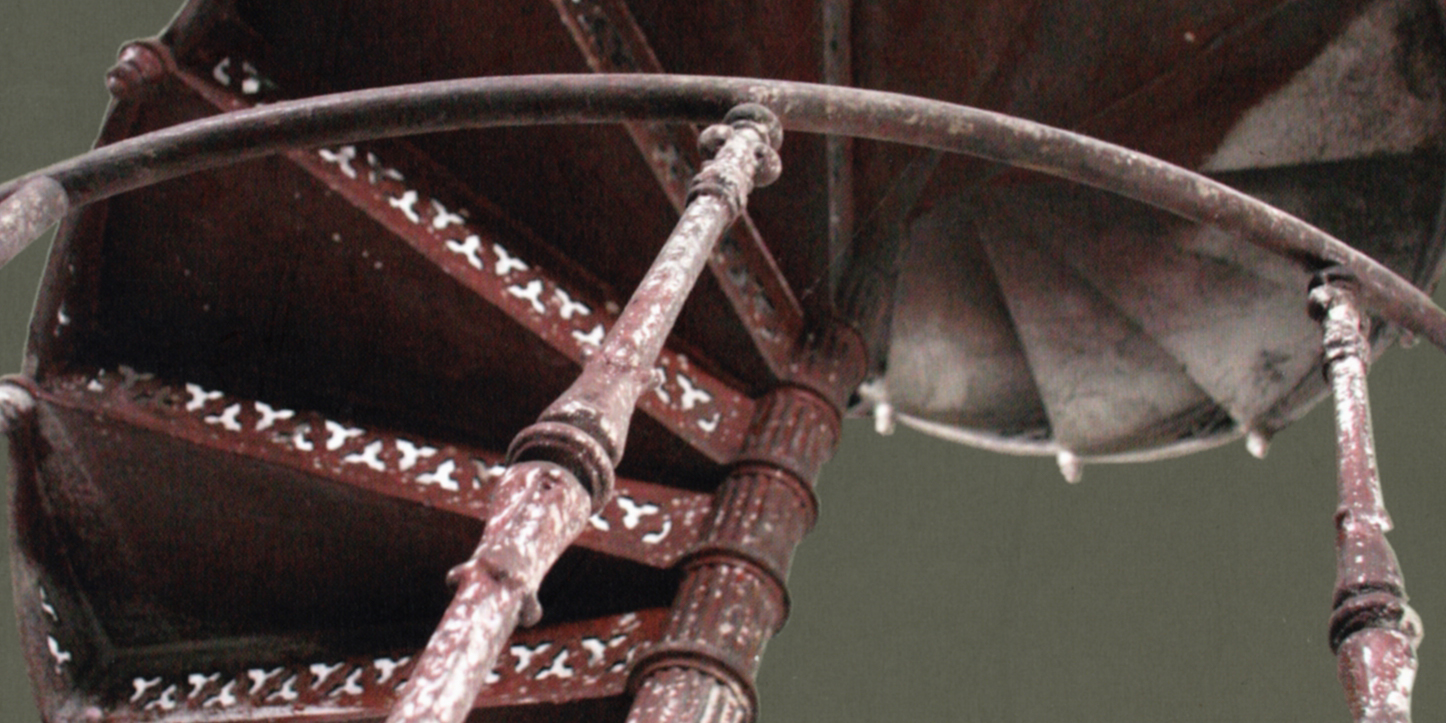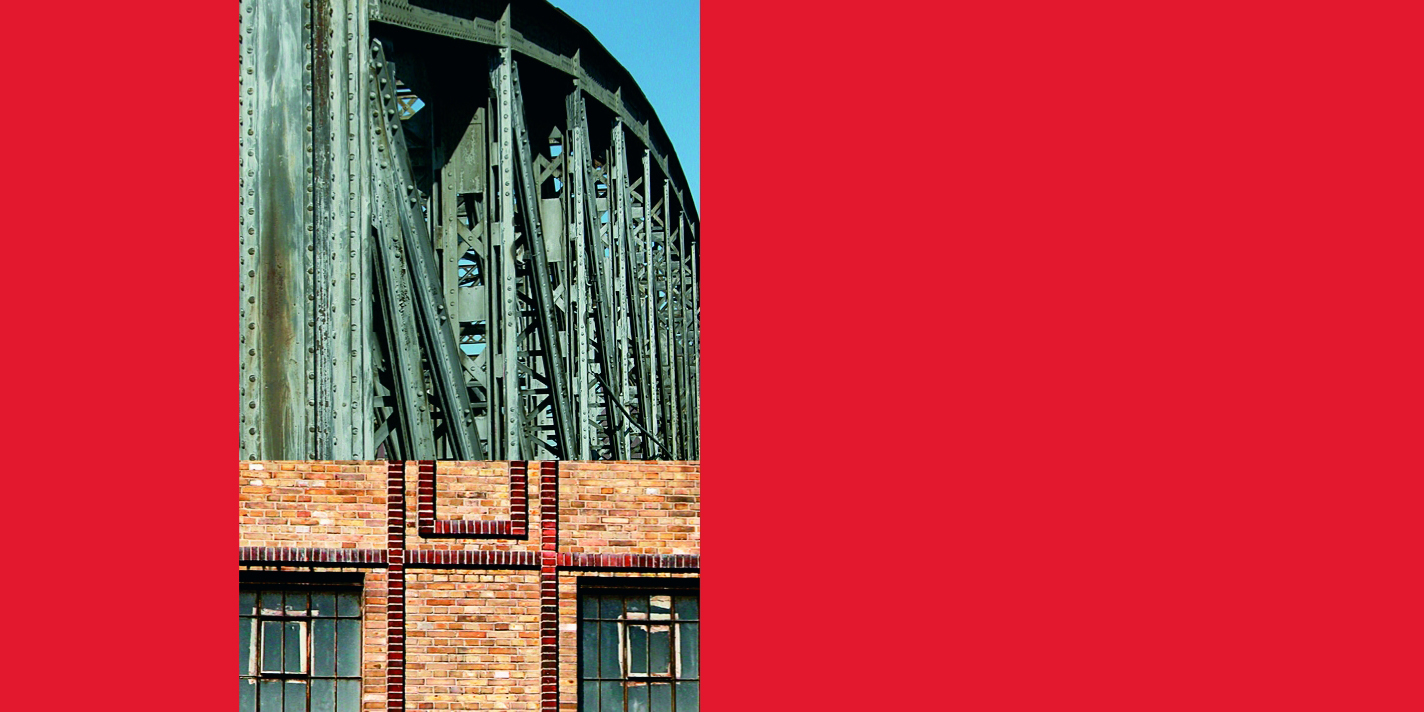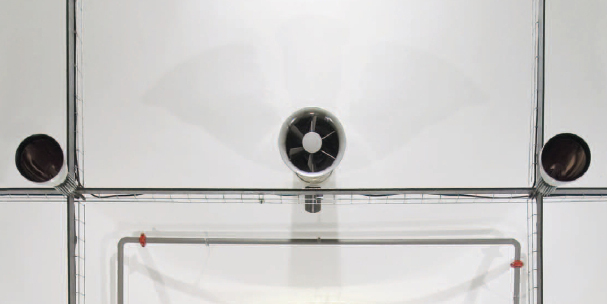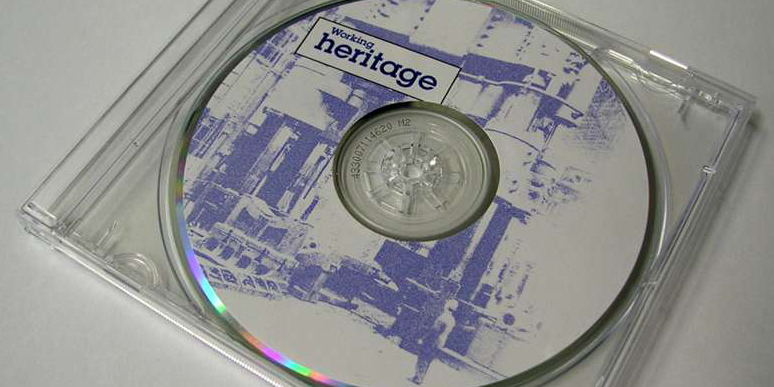The Czech Republic’s industrial heritage, the traces and vestiges of technology and production work of the industrial age, and especially the century between 1850 and 1950, is present at almost every step through the country. Although this heritage has been unjustly ignored in the past, it is representative of the ingenuity and hard work of our ancestors.
The objective of this somewhat untypical guidebook is to present the fading history of important technological and production sites in western central Bohemia and specifically the regions of Kladno, Slaný, Rakovník and Beroun. It is also hoped that this will help link the region to the established European approach to industrial culture.
Despite the similarly romantic character of the landscapes, each of the regions presented in the guidebook has a unique industrial history, largely derived from and characterised by its particular natural environment. The presence of coal beds in the Kladno region led to the development of mines and ironworks, while the Beroun region is traditionally linked to the processes of extraction and processing limestone, and the Rakovník region is connected with agricultural production and hops growing.
Technical monuments differ distinctly from the cultural monuments people are used, primarily owing to their original technological or production-based functions, which are what influence their structural designs. Factory chimneys, head frames, or massive production halls are structural elements that clearly help determining the shape of an industrial site. On the other hand, sometimes all that is left of a site are the barely discernible traces of industrial activity in the landscape. Many industrial-era structures have undergone reconstruction, and many are now used for other functions, while others have been abandoned and are now dilapidated and falling to ruin. But even these structures and buildings have the capacity to evoke a unique, inimitable atmosphere, analogous to the sensation that is awakened when one visits the ruins of an ancient castle. The vast fortification system that runs through the region dates from the 1930s and represents a special category of industrial heritage and evidence of the level of the region’s technological progress.
The industrial heritage sites presented are often built into the landscape, frequently touching on a river or on a channel of water for use as an energy source to power the first industrial machines. But there are also industrial sites in towns, and they often occupied a very significant role in the development of settlements.
Industrial progress ushered in the need for the development of transportation, and this is evident in the very dense and largely still functioning railway network that evolved with it, which not only connected production and manufacturing sites and villages and towns, but also facilitated the export of goods abroad. It should be recalled that it was in this part of central western Bohemia where the second horse railway in the country began service in 1830.
Not all the sites presented in the guidebook are open to the public. On the contrary, some are still functional and used for production. Others may be closed, owing to ownership settlements, the presence of natural obstacles in the surroundings, or poor structural condition. We do not recommend that visitors set out to explore any such sites in the field on their own, especially in the case of the abandoned mines. Nowadays much more can be learned about the history of the mining of coal, ore, and stone from the open-air museums that enthusiasts have set up directly on the sites of abandoned mines and quarries, where the original machines, many of which are unique examples of technology and engineering, can be admired in their genuine environment.
The guidebook includes a list of open-air and indoor museums in the regions, along with addresses and opening hours. It also contains a map of the entire region (it is advisable to also have a standard tourist map on hand when visiting the sites) and a smaller more detailed map marked to indicate where the sites are located. All of the sites presented in the guidebook do still exist, though finding them may require some detective work. There are none of the typical signs providing directions to them, and often even local people no nothing of them. So any trip to visit the sites will in some way require exploration, and visitors will easily be able to imagine that they are among the first to trace the footprints of industrial heritage in the region. The rewards for the bit of suffering this may involve are a beautiful view of the surrounding countryside, a pleasant stop by a river or mill race, and also the satisfaction of knowing that by expressing an interest in industrial heritage visitors are contributing to the protection and conservation of what to date has been a much overlooked part of our history.
Eva Dvořáková – Tomáš Šenberger, Industrial Trails Through the Bohemian Mid-West, Prague 2005.
86 pages; Czech/English; ISBN 80-85377-96-9 / contributing editorial work Olga Groszová, Šárka Jiroušková, Linda Mašková, Michal Zlámaný, Libor Doležal, Zuzana Drahotušská, Tomáš Voldráb / proofreading Olga Grozsová, Eva Příhodová / translation Robin Cassling / graphic design Zuzana a Milena Burgerovy / print DTPress Rakovník / published by the City Kladno in conjunction with the Research Centre for Industrial Heritage CTU Prague and the ASCO Publishing, spol. s r. o.

